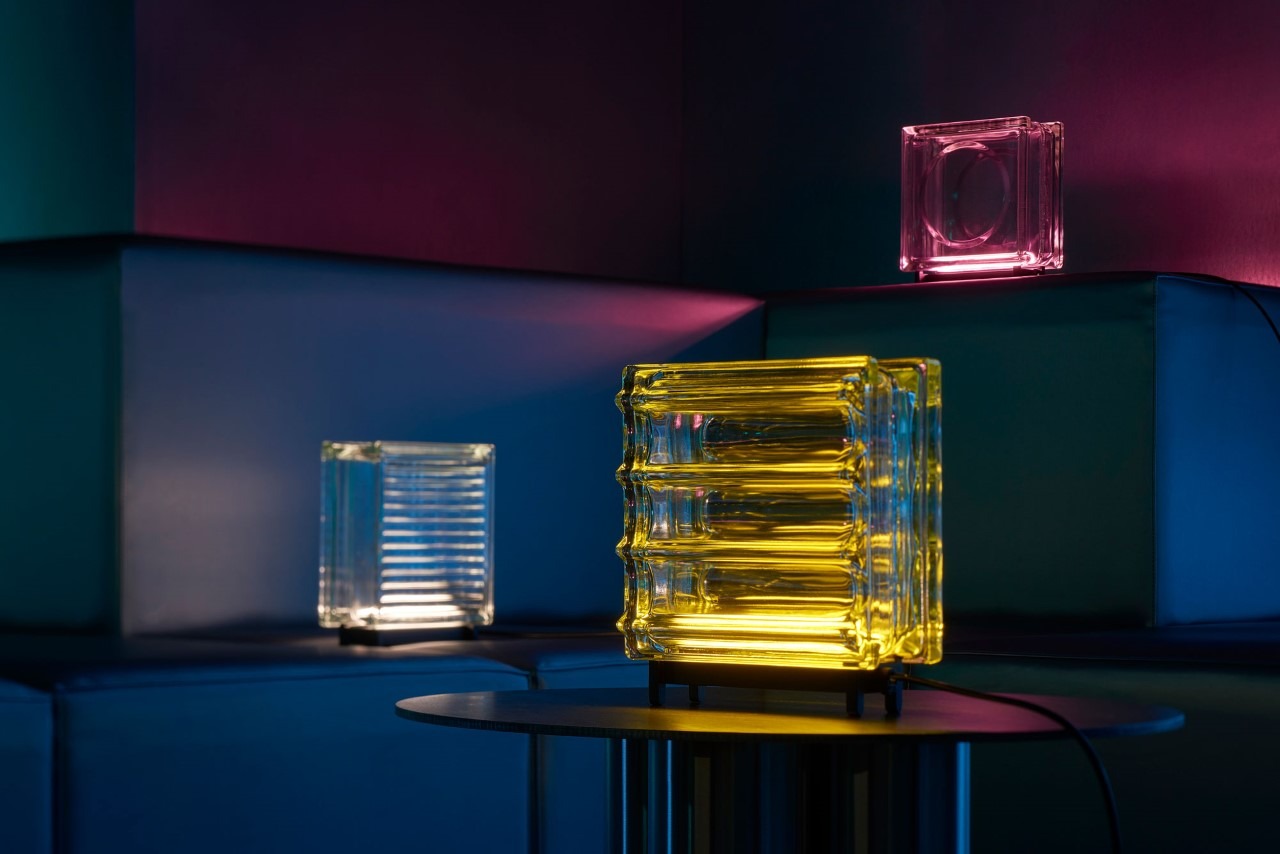Introduction
Glass fusion, also known as kiln-formed glass or warm glass, is a captivating art form that involves melting and fusing different pieces of glass together to create stunning and vibrant artworks. From decorative dishes and jewelry to intricate sculptures and wall art, glass fusion offers endless possibilities for creativity and expression. In this article, we’ll delve into the enchanting world of glass fusion, exploring its techniques, tools, and the magical process of bringing vibrant fused glass artworks to life.
What is Glass Fusion?
Glass fusion is a process that involves heating glass to a high temperature until it fuses together into a single piece. This can be achieved using various techniques, including stacking, layering, and shaping different types of glass before subjecting them to heat in a kiln. As the glass melts and fuses, it undergoes a transformation, creating unique patterns, textures, and colors.
Materials and Tools
Before diving into glass fusion, it’s essential to gather the necessary materials and tools. These may include:
- Glass Sheets: Choose from a variety of compatible glass sheets in different colors, textures, and thicknesses.
- Glass Cutter: Used to score and cut glass sheets into desired shapes and sizes.
- Glass Grinder: Helps smooth the edges of cut glass pieces for a clean finish.
- Kiln: An electric or gas-fired kiln capable of reaching high temperatures for fusing glass.
- Kiln Shelf and Kiln Wash: Provides a surface for glass pieces to rest on during firing, preventing sticking.
- Safety Gear: Wear safety glasses, gloves, and an apron to protect yourself from glass shards and heat.
Techniques of Glass Fusion
- Stacking and Layering: Arrange glass pieces in layers to create depth and dimension in your artwork. Experiment with different shapes, sizes, and colors to achieve desired effects.
- Mold Fusing: Place glass pieces inside molds to create specific shapes or forms. Once fired, the glass conforms to the shape of the mold, resulting in sculptural pieces.
- Combining Techniques: Explore combining various techniques, such as kiln carving, where designs are etched into a glass sheet before fusing, or tack fusing, which involves partially melting glass pieces together to maintain texture.
The Firing Process
Once your glass artwork is assembled, it’s time for the firing process. This typically involves several stages:
- Ramp Up: Gradually increase the kiln temperature to allow the glass to heat evenly and prevent thermal shock.
- Soak: Hold the temperature at the desired level to allow the glass to fully fuse together.
- Cool Down: Slowly decrease the kiln temperature to anneal the glass, reducing internal stress and preventing cracking.
Finishing Touches
After the glass has cooled, remove it from the kiln and inspect the artwork for any imperfections. Use a glass grinder to smooth rough edges or uneven surfaces if necessary. Depending on your design, you may choose to add additional embellishments such as glass paints, decals, or metal accents to enhance your fused glass masterpiece.
Conclusion
Glass fusion is a mesmerizing art form that offers endless opportunities for creativity and expression. Whether you’re a seasoned glass artist or a beginner looking to explore a new medium, the process of creating vibrant fused glass artworks is both rewarding and magical. With the right materials, tools, and techniques, you can unlock the beauty and versatility of glass fusion, transforming ordinary glass into extraordinary works of art.

